Back injuries are one of the most common occupational hazards across all industries. From heavy lifting in construction to long hours at a desk in office settings, the risks are prevalent and often underestimated. These injuries not only lead to personal pain and limitations but also result in significant costs for employers through lost productivity, medical claims, and workers’ compensation.
Preventing back injuries in the workplace is not only an ethical and legal responsibility but also a sound economic strategy. This blog explores the causes of workplace back injuries, practical steps for prevention, and recent statistics that highlight the importance of proactive measures.
The Scope of the Problem: Key Statistics
To understand the gravity of the issue, consider the following statistics:
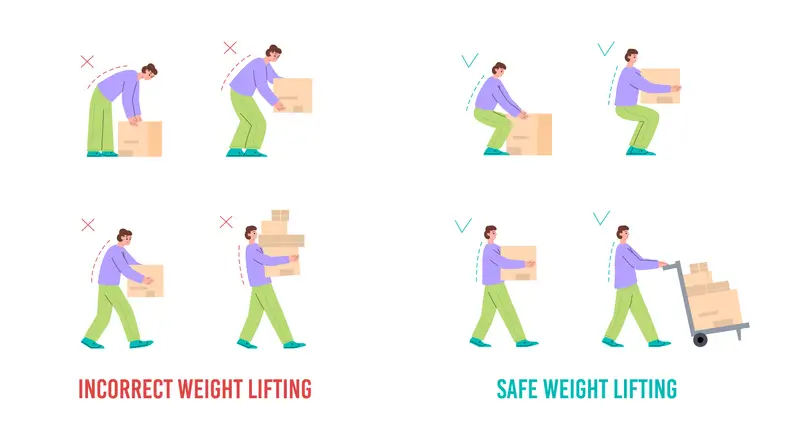
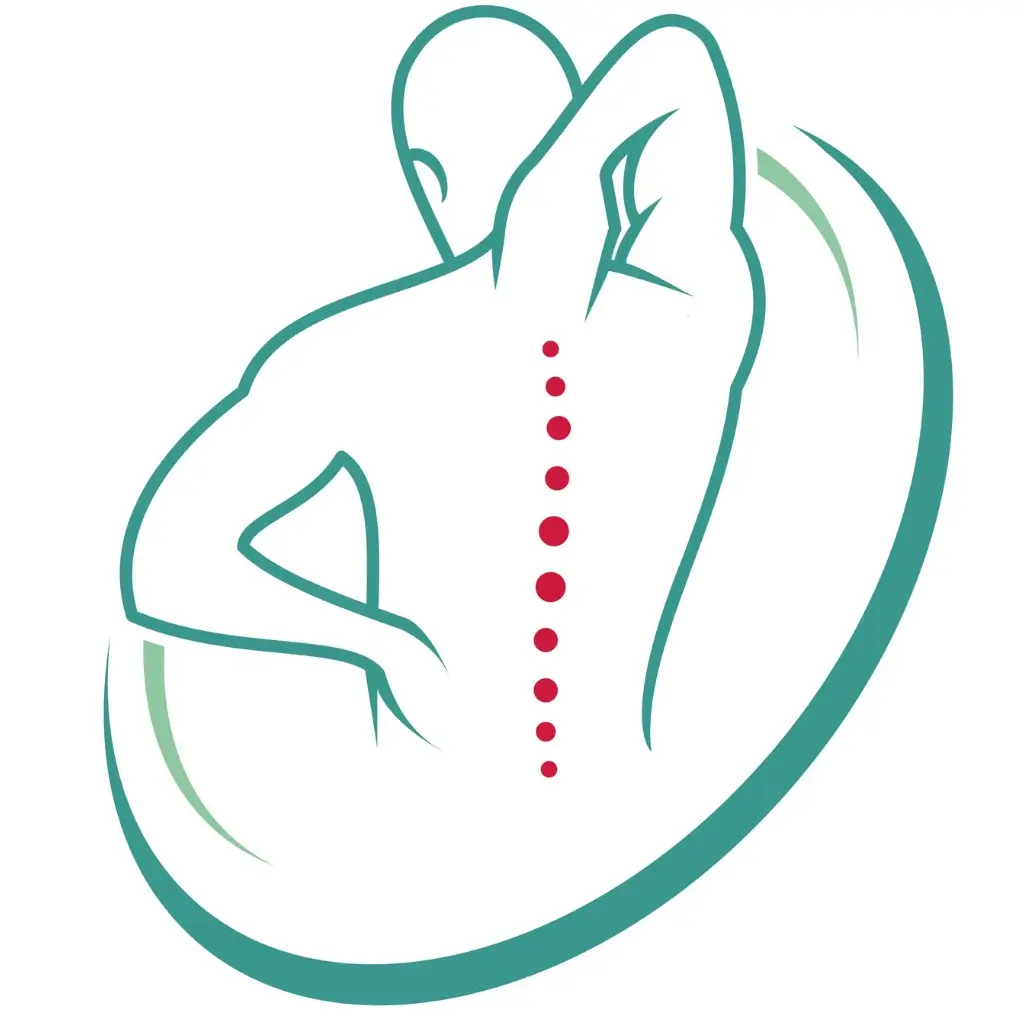
Over 1 million workers suffer back injuries each year, accounting for one of every five workplace injuries or illnesses.(University of Maryland)

Back injuries account for nearly 40% of all work-related musculoskeletal disorders (WMSDs). (U.S. Bureau of Labor Statistics)

Approximately 80% of the population will experience a back injury at some point in their life, showing how widespread this issue is. (Washington State University)

In 2022, over 250,000 back injuries led to missed work, severely impacting productivity. (Business & Legal Resources)

Back injuries cost the U.S. economy between $20 and $50 billion each year in healthcare and lost workdays. (CDC)

Workers exposed to heavy lifting are 45% more likely to experience back pain. (Studies)

More than 83 million workdays are lost annually due to back pain, making it the leading cause of job-related disability. (Georgetown University)
Common Causes of Workplace Back Injuries
Workplace-related back injuries can be acute or develop over time due to repetitive strain. Here are some of the primary causes:
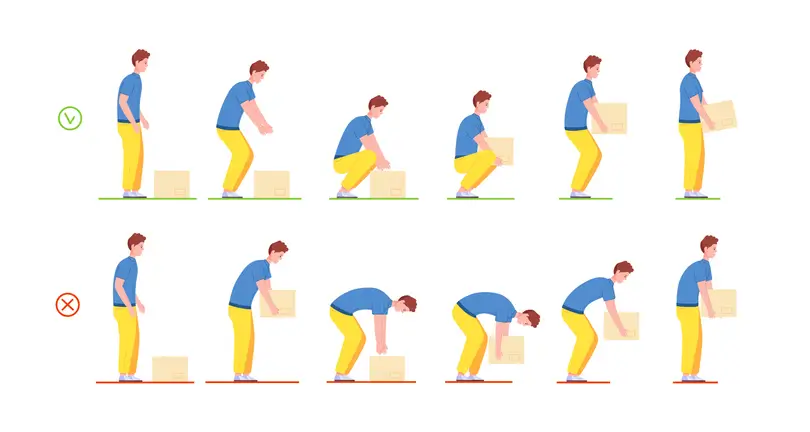
1. Manual Lifting
Incorrect lifting techniques and handling of heavy or awkward objects are the most cited reasons for back injuries. Bending from the waist instead of using the legs can strain spinal discs and muscles.
2. Poor Posture
Many office workers suffer from back pain due to prolonged sitting in unsupportive chairs or hunching over keyboards. Inadequate posture stresses the spine and weakens core muscles over time.
3. Repetitive Motions
Repetitive tasks such as twisting, pulling, or reaching over extended periods may not seem harmful initially, but they create cumulative trauma to the spine and surrounding tissues.
4. Inadequate Training
Lack of training in ergonomics, safe lifting practices, and workplace safety procedures significantly increases the likelihood of back injuries.
5. Unsafe Work Environments
Cluttered spaces, uneven flooring, or a lack of proper lifting aids (like carts or forklifts) increase the risk of accidents that lead to back injuries.
Strategies to Prevent Back Injuries
While back injuries are common, they are largely preventable with the right practices and policies in place. Here’s how organizations and employees can work together to mitigate the risk:
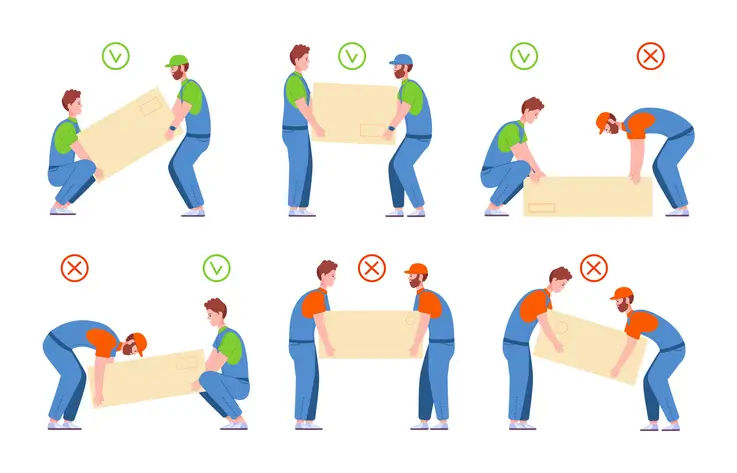
1. Conduct Ergonomic Assessments
An ergonomic workspace reduces the strain placed on the body during tasks. Organizations should conduct regular assessments to ensure that workstations, chairs, monitors, and equipment are set up to support proper posture.

Provide chairs with lumbar support.

Position monitors at eye level.

Adjust desks to suit individual worker needs.

Use anti-fatigue mats in standing work areas.
2. Train Employees on Proper Lifting Techniques
Every employee whose job involves lifting or carrying objects should be trained in:

Bending at the knees, not the waist.

Keeping objects close to the body.

Turning with the feet instead of twisting the torso.

Asking for help or using mechanical aids when lifting heavy items.
Ongoing training and refreshers help reinforce these techniques.
3. Encourage Regular Movement and Stretching
Prolonged static postures—whether sitting or standing—can increase the risk of back strain. Employers should:

Encourage hourly stretch breaks.

Promote walking meetings or short walks during the day.

Provide posters or videos with guided back exercises.
4. Use Mechanical Aids
Wherever possible, use lifting equipment such as:

Hoists

Trolleys

Dollies

Forklifts
This reduces the strain on human muscles and joints, especially in environments like warehouses and construction sites.
5. Promote a Safety-First Culture
Creating a culture that prioritizes safety makes prevention a shared responsibility. Encourage employees to:

Report hazards or discomfort early.

Take breaks when they feel fatigued or experience muscle tension.

Participate in safety committee meetings.
Management should support these behaviors with policies and recognition systems that reward safety compliance.
6. Support Physical Wellness Programs
Wellness programs that include back-strengthening exercises, yoga, or physiotherapy can significantly improve core strength and reduce injury risks. These programs also boost morale and productivity.
Industry-Specific Considerations
Different sectors have unique risks for back injuries:
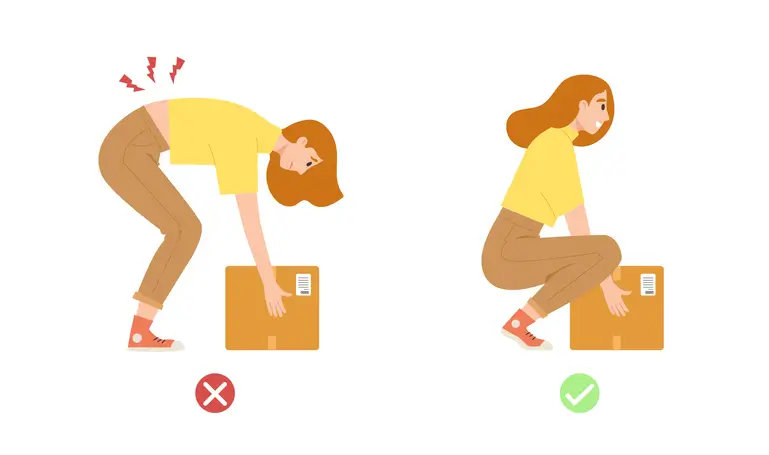

Construction: Heavy lifting, awkward body positions, and uneven terrain make back injuries more likely. Use of proper personal protective equipment (PPE) and hoisting devices is essential.

Healthcare: Lifting and repositioning patients is a high-risk task. Use patient lifting devices and partner lifting systems to reduce injury risks.

Office Environments: Sedentary behavior and poor workstation ergonomics are primary contributors. Sit-stand desks, ergonomic chairs, and movement prompts can help.
Conclusion
Preventing back injuries in the workplace isn’t a one-time task—it’s an ongoing commitment to employee safety and well-being. A combination of ergonomic improvements, employee training, proactive policies, and a safety-focused culture can drastically reduce the occurrence of back injuries. With back injuries costing billions of dollars each year and affecting millions of workers, businesses must invest in prevention now rather than pay for consequences later.
By prioritizing back health, employers not only improve worker quality of life but also enhance overall productivity, reduce turnover, and create a safer work environment for all.

